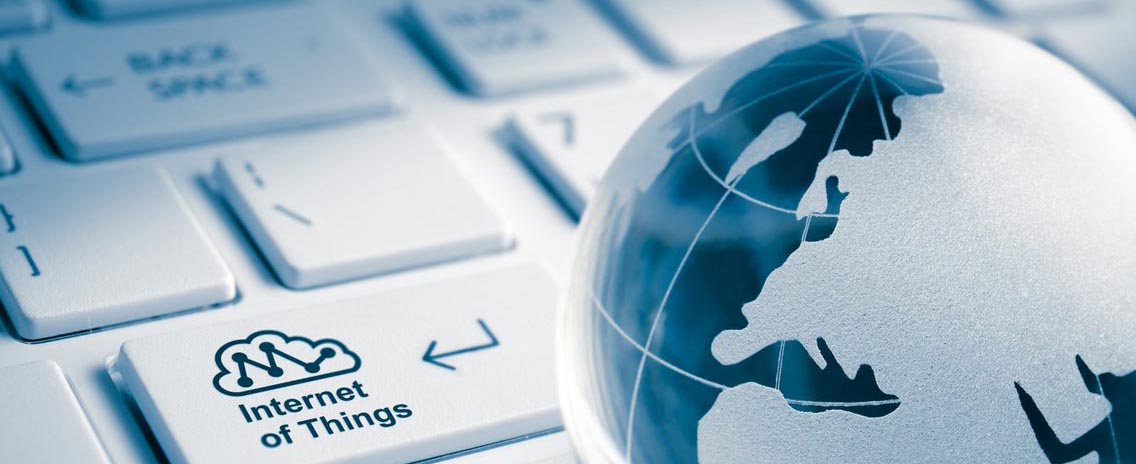
The latest Rotronic Monitoring System software has been designed specifically for the IoT and IIoT world. We have a wide and growing range of sensors, loggers as well as input and output modules but we will never keep up with the unique demands of our customers. That’s where integration is key for any successful continuous monitoring system!

Hardware can already be integrated via analogue input modules such as our 8ADC and digital devices can be integrated via our RMS-Convertor that can be programmed with custom protocols and functions operate with virtually any device.
Want to cut out the waffle… login and see the live data now using the details below:
https://rms.rotronic.com/rms/
Company Name: Rotronic monitoring system
User: pst
Password: 12345678
In addition to hardware, software integration is a must, and not easy when we consider RMS is a fully Gamp6 compliant system and therefore security and traceability is key.
Why not access the SQL DB?
All data on RMS is stored within an SQL database which with suitable rights can be queried easily to pull data out. However injecting data whilst possible triggers our system to report data manipulation. Also direct access to the database presents a security risk and uncontrolled changes to the system, and of course its not possible on shared systems.
That is why we also offer a Restful API through which data can be posted only when configured by users with appropriate permissions and each data stream is securely linked to a onetime token, by no means the best security but suitable for many applications (and of course the whole API function can be disabled if preferred). We of course have software wizards at our HQ that can develop professional integration solutions but as a hobbyist I wanted to see what I could achieve.
Example API ReportSo my plan was to use Python and pull data from the Met Office DataPoint service and inject it directly into our RMS server software so it could visualised, reported and analysed accordingly. Just a few simple steps…
- Step 1 Get the data from Met Office API
- Step 2 Create API device in RMS and send your data
- Step 3 Enjoy graphs, reports and custom alarms
Step 1 – Get the data from Met Office API.
The Met Office API is great you simply need to register to get an api key then get your head around the commands. Once you have that you can request the data you need via a simple url and the information is returned in xml or json format.

In Python requesting the last 24 hours of hourly data from location 3212 (Keswick) looks something like this…
Import json, requests
url = ‘http://datapoint.metoffice.gov.uk/public/data/val/wxobs/all/json/3212?res=hourly&key=YOURKEY’ #replace with your Met Office API key!
r = requests.get(url)
metoffice_data = json.loads(r.text)
This gives a Python dictionary with all the json data from which we can request specific values easily for example the latest conditions (no doubt there are more elegant solutions but this works for me).
Hum = (metoffice_data[‘SiteRep’][‘DV’][‘Location’][‘Period’][1][‘Rep’][-1][‘H’])
Temp = (metoffice_data[‘SiteRep’][‘DV’][‘Location’][‘Period’][1][‘Rep’][-1][‘T’])
Pres = (metoffice_data[‘SiteRep’][‘DV’][‘Location’][‘Period’][1][‘Rep’][-1][‘P’])
DewP = (metoffice_data[‘SiteRep’][‘DV’][‘Location’][‘Period’][1][‘Rep’][-1][‘Dp’])
Next we need to create our API device within RMS so it will accept our data
Step 2 – Create API device in RMS
Adding new API device in RMS is simple process, we create the device and define the Name and Serial number.
At this point RMS awaits an Post command in which the additional details are included. Using the Python code below I am able to create a device with 4 measurement points (measured values); Humidity, Temp; Pressure and Dew Point.
url = ‘http://rms.rotronic.com/wService/wService3.DeviceService.svc/UpdateDataJson’ payload = {‘Name’:’API_Test’,’Serial’:’12345′,’Values’:[{‘Index’:’1′,’Typ’:’1′,’Value’:’50’},{‘Index’:’2′,’Typ’:’2′,’Value’:’23’},\import json, requests
headers = {‘Content-Type’ : ‘Application/json’, ‘Expect’ : ‘100-continue’, ‘Connnection’ : ‘Close’, ‘Host’ : ‘rms.rotronic.com’}
{‘Index’:’3′,’Typ’:’16’,’Value’:’5′},{‘Index’:’4′,’Typ’:’48’,’Value’:’1000′}]}
print (payload)
r = requests.post(url, headers=headers, data =json.dumps (payload))
Finally RMS gives us the device ID and API token which must be included in any future post commands.
Combining Step 1 and Step 2 allows us to simply replace my example values above with the real Met Office API data! Run the script hourly or permanently with an hour delay and we have a simple tool proving live data weather data!
Step 3 – Enjoy graphs, reports and custom alarms
With the data in RMS we can easily graph values and create email, sms or phone alarms. Taking the API further I it is possible download live satellite imagery and dynamically update the layouts in RMS!
So it turns-out getting data into RMS via the API is simple with a bit of basic code. Of course Met Office data is just an example in modern industrial applications there is so much unique data from devices or software that might be of use and RMS aims to offer a complete monitoring solution not simply for our products!
Be sure to get in touch if you have any questions on the above or have any monitoring requirements. Use the demo login above or visit out RMS website for more details.
Learn more about RMS
UPDATE 2021.
- We have now launched a small API software tool (RMS-JSON-API) into which our development teams can integrate custom sources of data for any project.
- Examples of integrated data sources include
- Global weather API
- Memmert Chamber controllers
- LORAWAN IoT wireless devices via The Things Network.
Contact us to discuss your monitoring requirements
Author:Jeremy Wingate
Sales Manager Environmental Monitoring System Department
Related Products
Rotronic Continuous Monitoring System RMS
Want to see more information like this?
Sign up to one of our Industry newsletters and you’ll receive our most-recent related news and insights all directly to your inbox!
Sign Up





